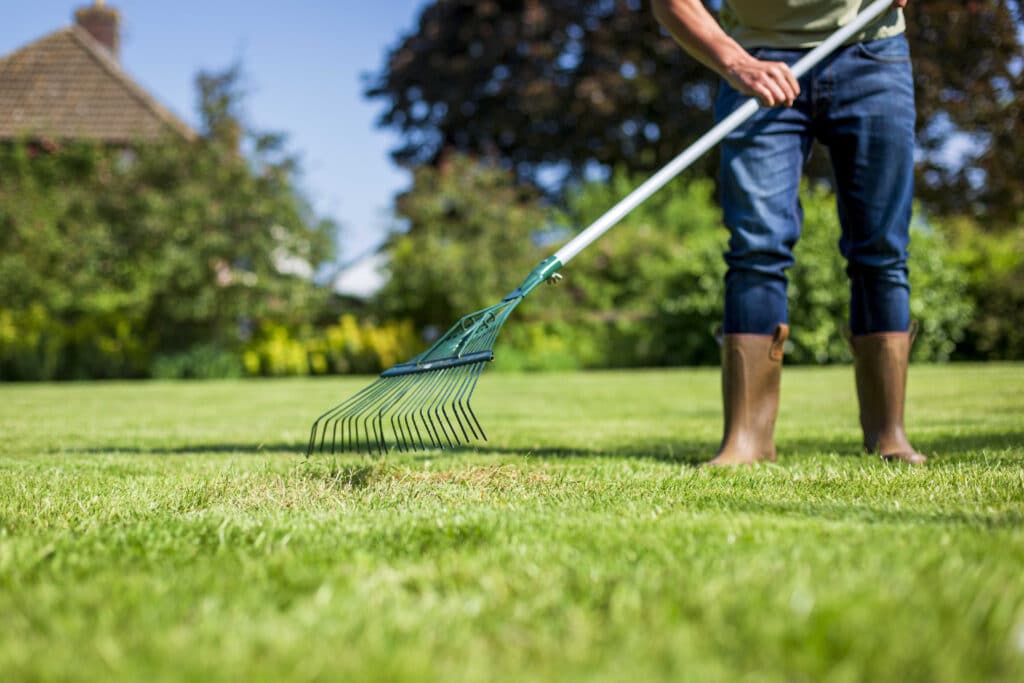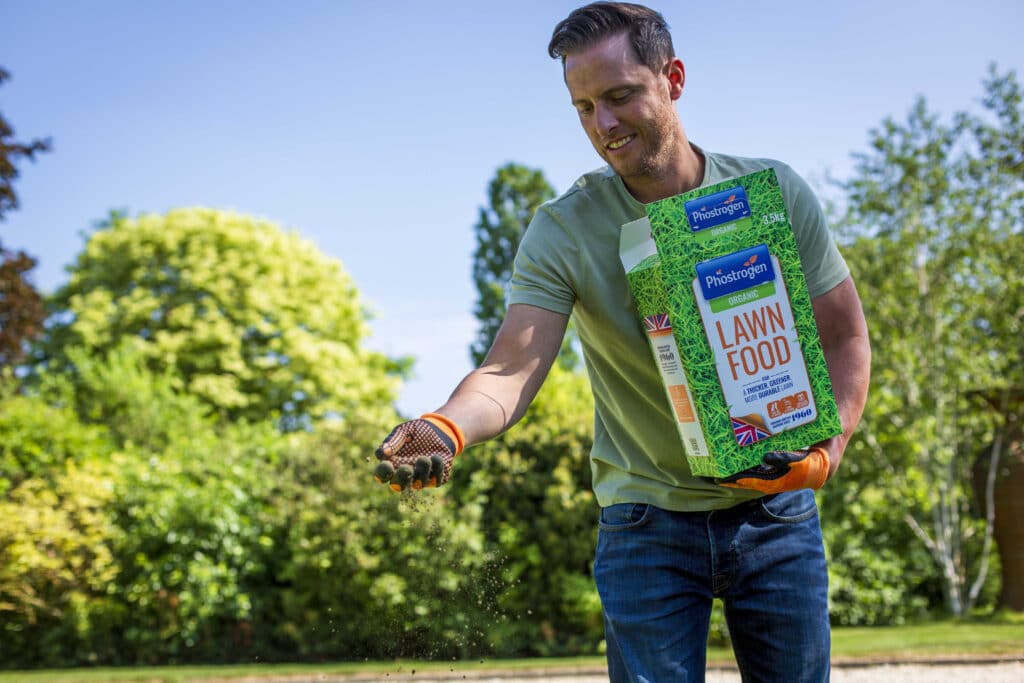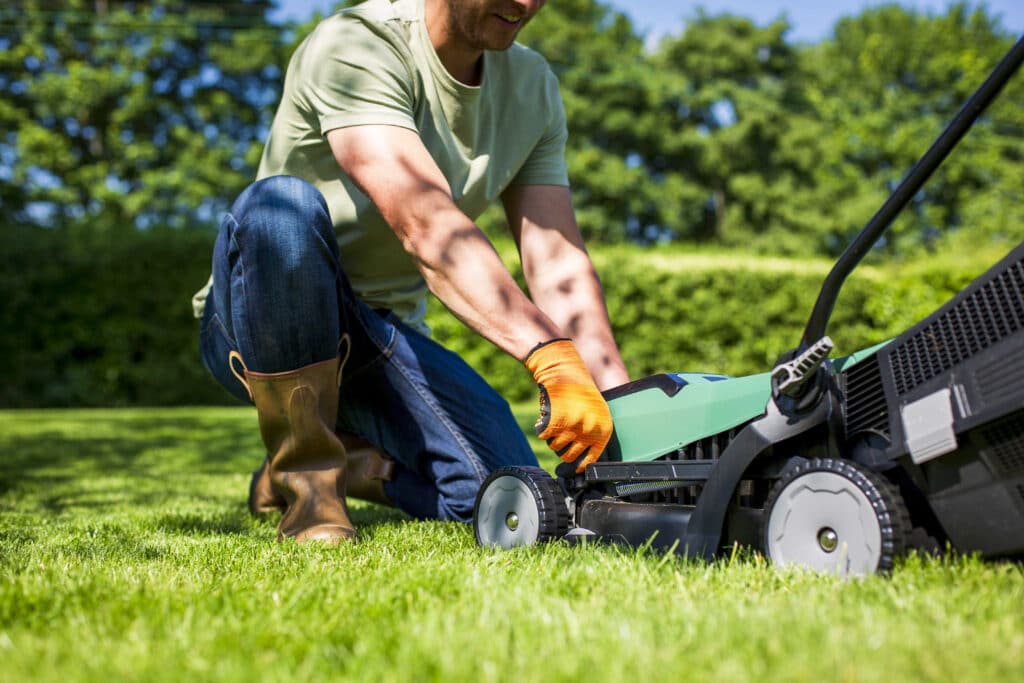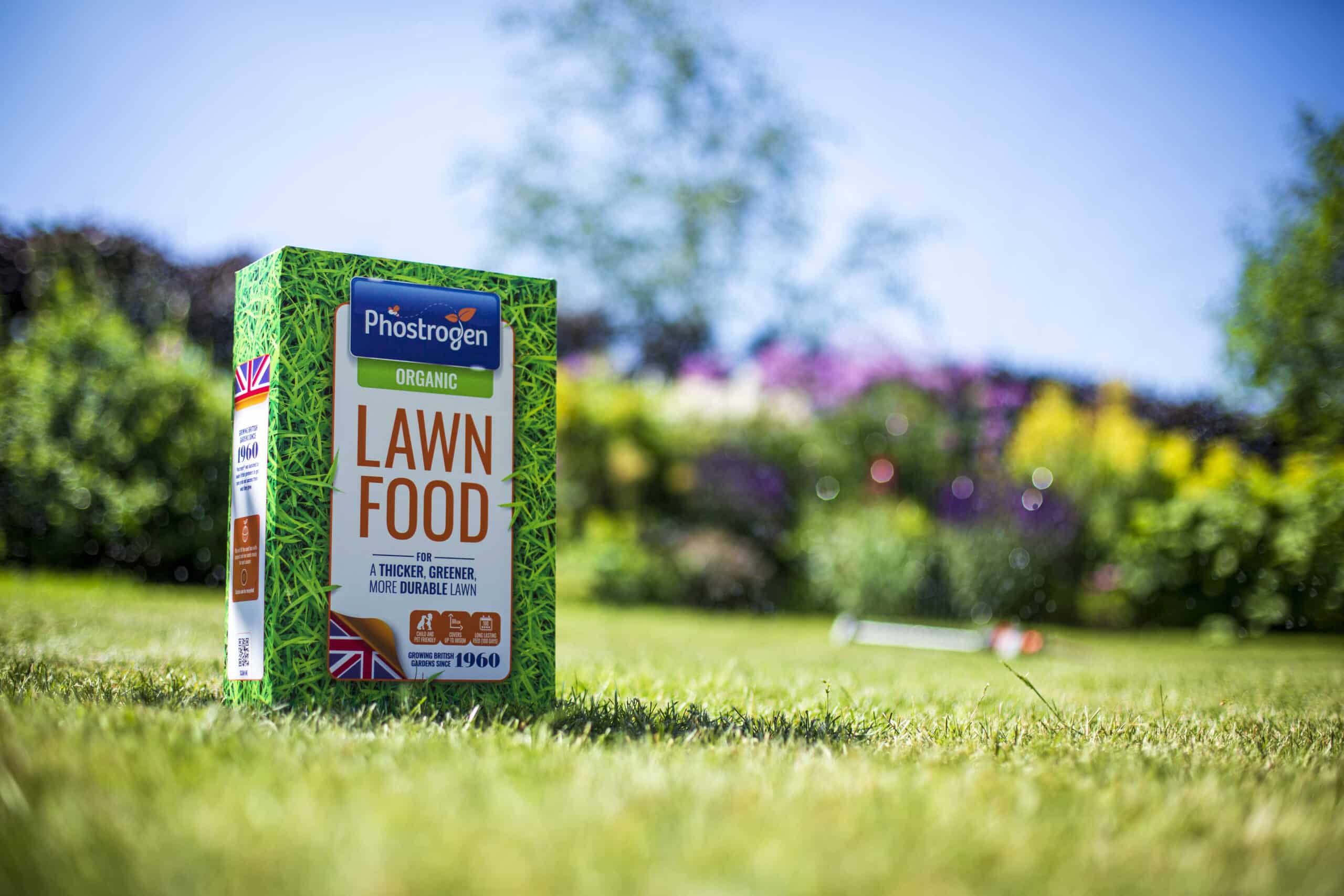
During Winter months of low light and wet and windy weather, it’s not unusual for lawns to look worse for wear after battling the tough conditions of winter. As we welcome Spring and the return of brighter, balmier days, it is the perfect time to give your lawn some care and attention. Here are some top tips how to prepare your lawn for the season ahead.
Collect debris

The first step to reviving your lawn is to have a tidy up and collect the dead leaves that may have fallen from surrounding trees throughout the winter. Any debris left to sit on the lawn can prevent oxygen reaching the soil and impede proper drainage, affecting its growth.
Put any dead organic matter onto the compost pile to break down. By creating your own compost, it will create humus, a rich nutrient-filled material that will enrich your soil and plants all-round the garden.
Remove weeds
On older lawns, inspect the grass for weeds and remove any unwanted growth. Greater Plantain, Creeping Thistle, and Broad-leaved Dock are common weeds that many gardeners prefer to remove from their lawns.
Note: do not to throw your weeds in the compost bin, as they may germinate and cause serious issues for your beds and borders further down the line.
Aerate grass
Next, aerate your lawn by using a large fork, creating small holes in the ground to help water, nutrients and oxygen to reach the root system, as this will encourage better growth and general good health, as well as prevent lawns from becoming waterlogged. Aerating is particularly important if soil is compacted, as this will prevent air circulation and water flow.
Spread seed
Many lawns may have developed bald patches throughout winter due to the poor weather conditions and low light, so now is a great time to fill in any affected areas by applying grass seed. Simply spread potting soil by hand on the damaged lawn, brush with a soft plastic rake to distribute the soil, sow seeds to the affected area and tamp it down with a shovel, before watering lightly.
Feed your lawn
Just like any other plants in the garden, lawns benefit greatly from being fertilised throughout the year.
A specialist organic lawn feed, like Phostrogen® Organic Lawn Food is the perfect solution to enrich the soil with the perfect balance of nutrients needed to grow a thicker, greener and more durable lawn

Spread the lawn food evenly and uniformly, either by hand or a suitable spreader such as a garden sprayer, and water thoroughly after application. Lawn food should be applied three times a year from March to October when the grass is actively growing, but lawns should be watered more regularly, particularly during the summer months.
Dust off the mower

It’s a good idea to check your lawn mower in advance of the first mow of the season, to make sure that it is still in working order. Ensure the mower blades are sharpened to create a clean, uniform cut, as blunt blades can result in a jagged, uneven lawn.
When the time comes for that first mow of spring, remember never to mow your lawn too short, and never cut more than a third of the height off the lawn!
